Bioclimatic constructions, PassivHaus or Nearly Zero Consumption Buildings (ECCN), are buildings designed to offer high comfort to their users, as well as very low or almost zero energy consumption. Using for this the resources of bioclimatic architecture and design ideas focused on energy efficiency.
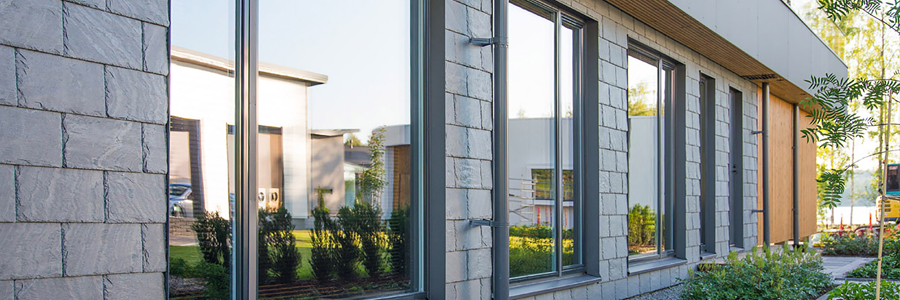
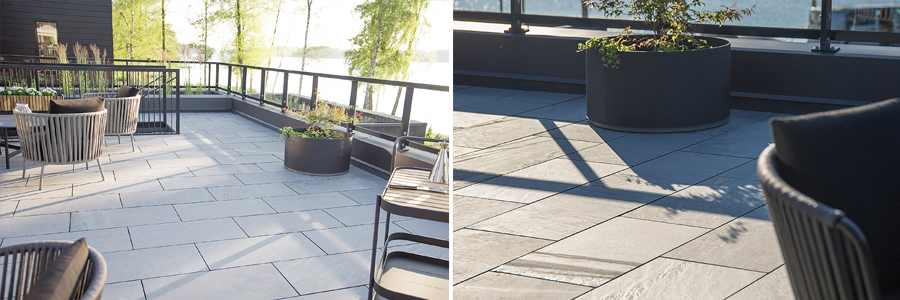
Each building alone generates consumption, apart from the own consumption of its users, which depends on the construction and its quality, the equipment with which it is equipped and the instructions for use.
With regard to the construction, factors such as thermal and acoustic insulation, solar reflection, durability of the installation, etc. are of great importance.
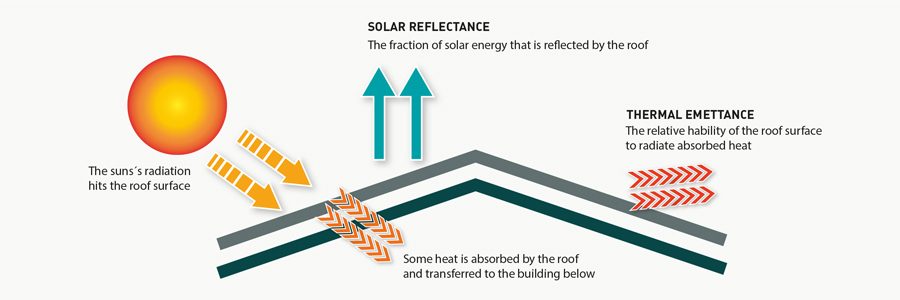
In all these factors, the choice of materials such as natural stone is a winning choice, being a construction product with a very low carbon footprint generated in its manufacture and throughout its life, compared to any other material with similar uses (ceramic, concrete, glass, etc.). Phyllite naturpiedra is therefore an excellent choice, moreover, its characteristics are certified by AENOR (Spanish Agency for Standardization) in its Environmental Product Declaration – EPD.
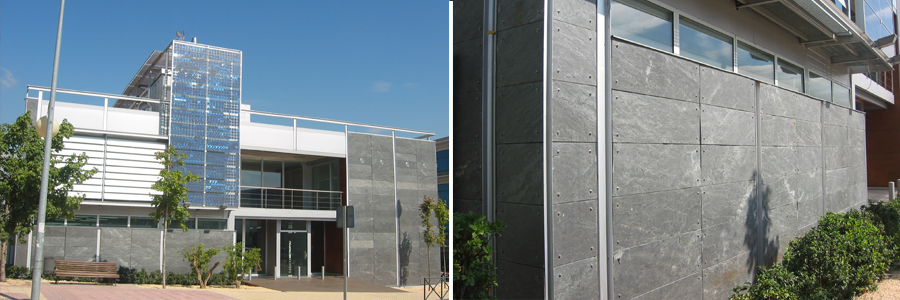
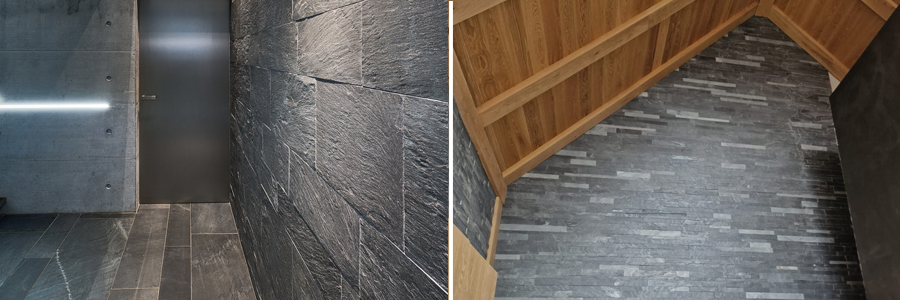
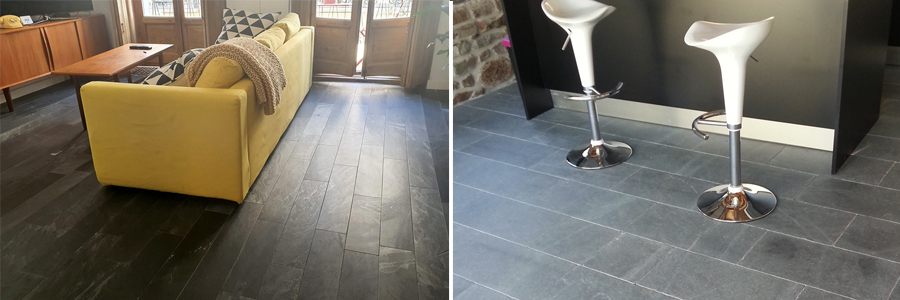
The Phyllite naturpiedra offers great insulation and interior comfort, used both in a more traditional or innovative way, but always focused on energy saving. It is found in stapled facades, as paving on heated floors, on flat or sloping roofs, technical floors and coatings of all kinds.
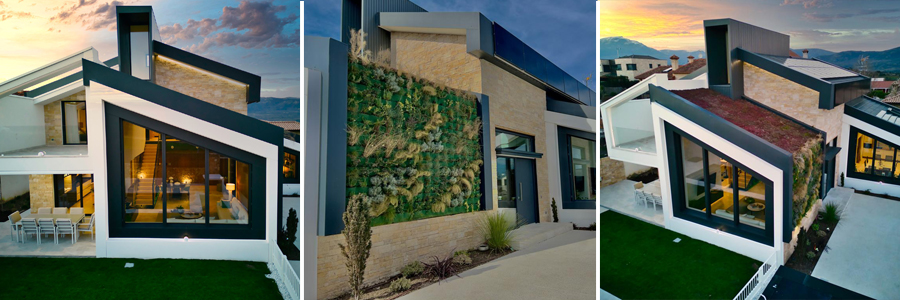
These ideal characteristics of natural stone, together with its long useful life in the building, make it one of the most suitable building materials if we want to build a house with the characteristics and advantages of the «passive house». or PassivHaus; regardless of the weather conditions in which the building is constructed.

The Passivhaus concept originated in Germany in the late 80s, from where it spread to the rest of Europe and the United States. The notion of passive housing or passive construction designates a building whose energy consumption per square meter is very low, or even zero (fully compensated by solar or geothermal contributions, or by the calories emitted by internal contributions such as electrical equipment and the body heat of the inhabitants) or positive (building positive in energy).
In the reference texts, this concept, originating in Northern Europe, mainly targets heating savings. But, beyond that, it also aims at the comfort of the inhabitants or users in the building as a whole. Also, in hot climates (Mediterranean rim for example), it targets summer comfort by minimizing air conditioning costs through the building’s inertia, natural nocturnal ventilation, a Canadian well, etc.).
Once built, a building is said to be “passive” if it operates according to a logic of energy sobriety.